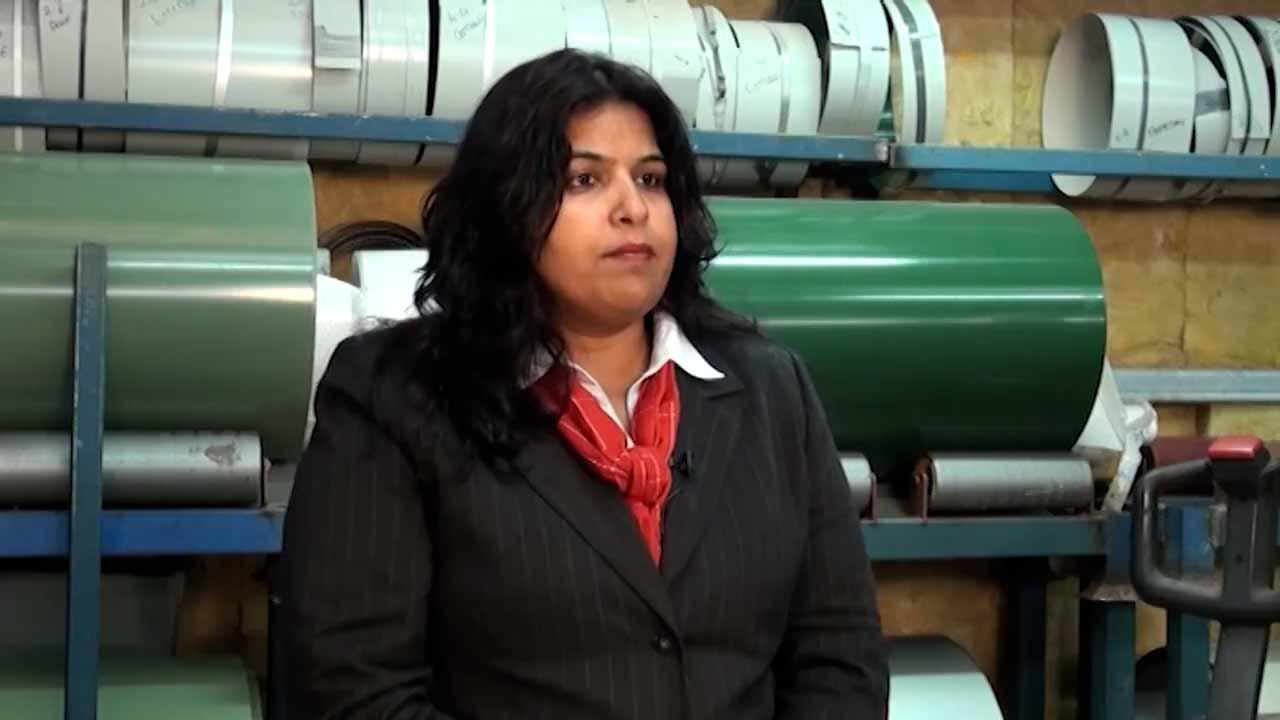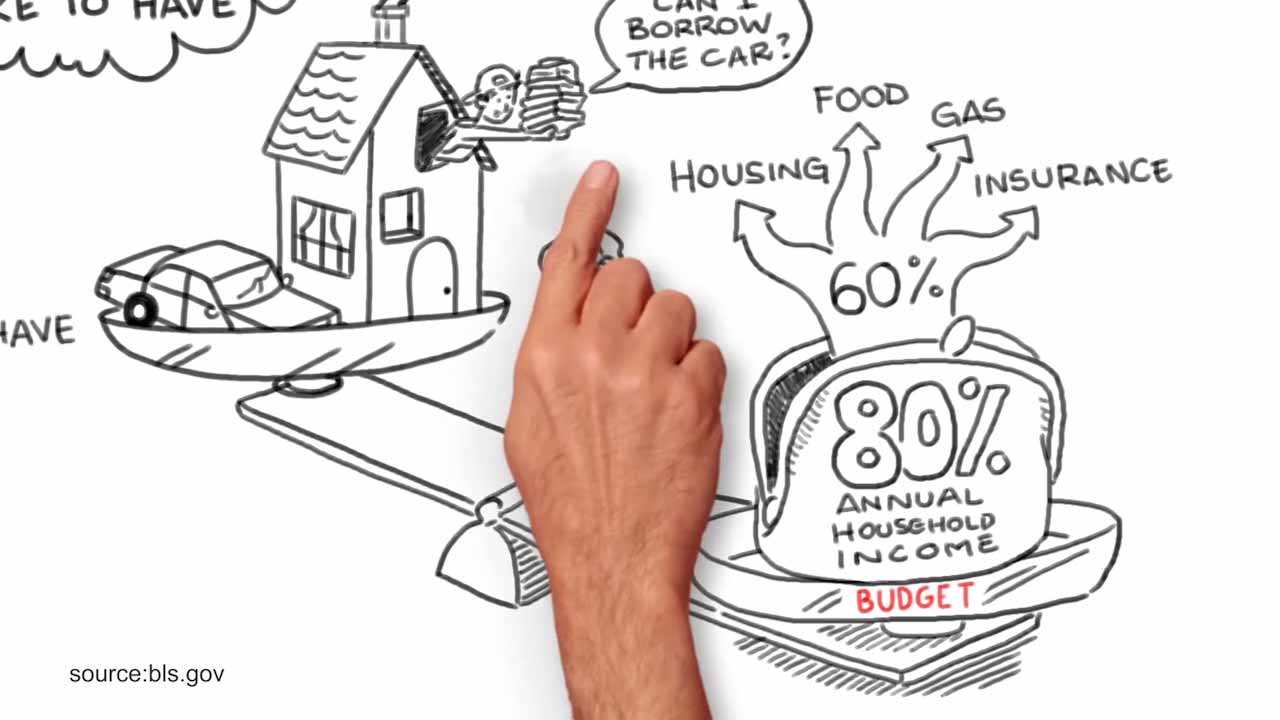Cash flow forecasting (3 of 3)
Cash flow forecasting (3 of 3)
A cash flow forecast is easier to create than you think, and maintaining one allows you to unlock significant added potential from your financing.
A cash flow forecast is easier to create than you think, and maintaining one allows you to unlock significant added potential from your financing.
Read time: 00:42
Building a cash flow forecast is easier than you might think, and doesn’t require any special training. To get started all you need is an hour or so and a spreadsheet program (like Excel) and keeping it updated only takes a few minutes each week.
In this video, Bill first explains how comparing your forecast with actual figures when they become available allows you to create more accurate forecasts in the future. Craig from NAB then runs through the four key steps in preparing a cash flow forecast for a 12 month period, which are:
- List any regular cash expenses – your business’s bank statement is a good place to start
- Enter your expenses into your forecaster, paying close attention to when they occur
- Enter your estimated revenue for each month
- Enter the opening bank balance for the month you’re starting.
Cash flow forecasting – Creating a cash flow forecast
Download the resource document and take some notes as you watch the video. Feel free to adapt it to suit the needs of your business.
Monthly cash flow forecaster
With the growing number of expenses that come with running a business, it is absolutely crucial that business owners keep track of cash flow. By monitoring this, the business will know exactly when payments need to be made, you will be able to make better business decisions, and avoid getting caught up in a myriad of expenses.
To use the monthly calculator provided here, first enter your opening bank balance. Then you are ready to enter in your receipts and payments for the month, and any expected cash flows for the months that follow. If you are after a weekly forecaster, one can be found on the second sheet of the excel document.





